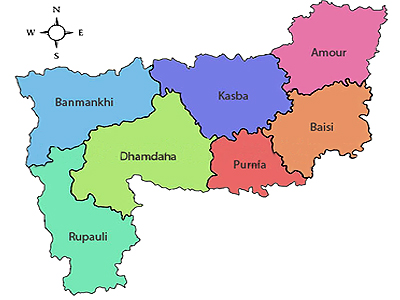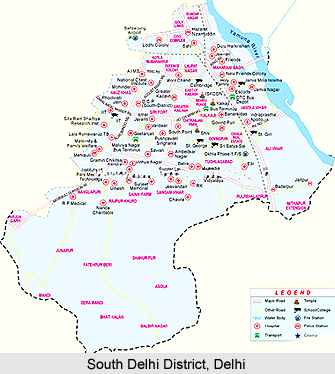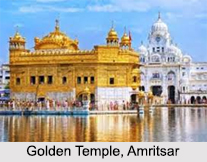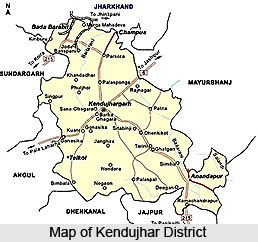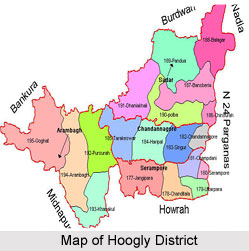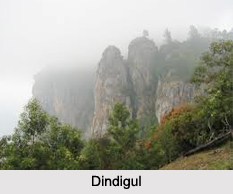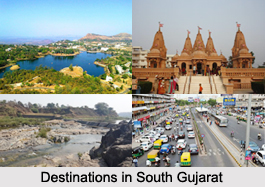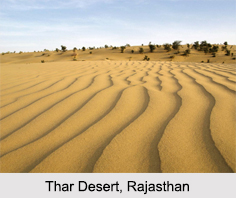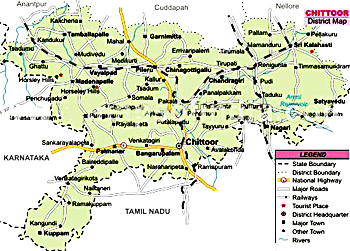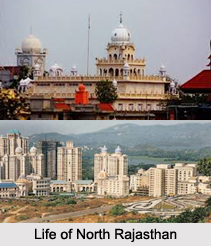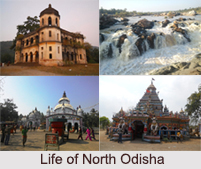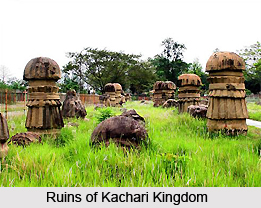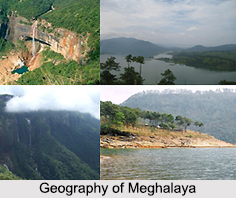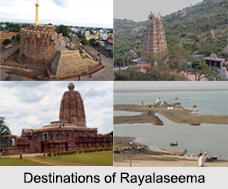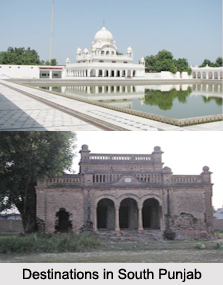Introduction
South India a land that has a magnificent history is also a territory that attracts thousands of archaeologists. Beneath the fertile land of the deccan, anthropologists have discovered tools, utensils and also burial sites of prehistoric people. Mangadu or Mangad, in Kerala is a newly discovered prehistoric site where megaliths are found in large numbers. The date of the Mangadu megaliths is approximately from 1000 B.C. to 100 B.C.
Megaliths at Mangadu
Shaped like a hat or an umbrella these megaliths found in various parts of Kerala, including Mangadu, are known as topikals meaning ‘hat stone’ and as kudaikals which mean ‘umbrella stone’ because of their shape. The stones used in these megaliths were laterite and it was available near this site. The topikals were prepared by first digging a pit and placing four stones vertically in it and then covering it with a circular stone, thus making it look like a cap or hat. The burial urns were kept beneath in an underground hole. The kudikals were also made in a similar manner, but with the small difference that the stone, which was kept on top, was big which resulted in an umbrella-like appearance.
In addition to the topikals and the kudikals, there are some
rare kinds of megaliths found in Mangadu. Some of these unique features are
stones, which are kept in circles, which intersect each other, many burial urns
are kept together and also a burial roofed by several capstones or topikals.
Excavation at Mangadu
The Madankavu urn-burial site at Mangadu in Kollam district stands as one of the most significant megalithic discoveries in Kerala. Excavated by archaeologist Sathyamurthy in 1992, the site was documented in detail in the report “The Iron Age in India: A Report on Mangadu Excavation” published by the Department of Archaeology, Government of Kerala.
Like other archaeological sites across the country, the findings at Mangadu reveal a lot about the prehistoric men who lived at this place. Findings from the excavation reveal fascinating insights into the Iron Age cultural practices of the region. Among the artefacts unearthed were carnelian beads, distinctive pottery, and a range of iron tools. Of the 30 carnelian beads discovered, 20 belonged to the etched variety, indicating advanced craftsmanship and possible long-distance trade links.
The iron objects from Mangadu included wedges, long cutting knives, sickles, tanged knives, and blades, implements frequently associated with megalithic burials across South India. Pottery fragments formed a major portion of the discoveries, with black-and-red ware emerging as the most prominent type, a hallmark of Iron Age ceramic tradition. The jars and other earthenware, which have been found here, show the kind of pottery they used and the techniques employed to make them. Some of the objects were handmade while others were created on the potter’s wheel. Interestingly, the discovery of iron implements here such as sickles, knives, etc. and iron slag, reveal people living in Mangadu used iron in manufacturing things and even prepared iron metal. The metal artifacts reveal that the people of Mangadu were essentially farmers who practiced agriculture.
Adding further historical depth, a charcoal sample collected
from one of the urns at the site was subjected to radiocarbon dating. The
result placed the burial context around 900 B.C., firmly situating Mangadu
within the early Iron Age phase of South Indian prehistory.
Megalithic Exploration at Mangadu
The urn-burial site discovered here clearly belongs to the wider Megalithic tradition of South India, yet it displays distinctive features that set it apart from similar monuments elsewhere.
The megalithic structure at Mangadu was built using 28 hard, compact, and uneven laterite blocks, carefully arranged within an area measuring roughly 10 x 10 metres. This unusual construction style marks a significant departure from the more familiar forms of megalithic monuments found across South India, highlighting local variations in burial practices and architectural choices.
One of the most remarkable aspects of the Mangadu excavation lies in its chronological significance. Radiocarbon dating carried out on samples from the burial yielded calibrated dates between 1299 and 902 BCE (BS-958) and between 1289–1282 BCE and 1269–821 BCE (BS-957). These results, first reported by Sathyamurthy in 1992 and later reinforced by Abhayan in 2018, assign Mangadu the earliest known date for megalithic burials in Kerala.
The survey identified 58 previously unknown megalithic sites, adding to the 35 sites that had been reported earlier. However, of those earlier discoveries, only 16 could be revisited during the present study. The remaining sites were either destroyed over time or could not be traced due to the absence of reliable geo-coordinates.
The explorations revealed that the most frequently encountered burial types in the Kollam district are urn burials and cist burials, each represented by 24 sites. These are followed by menhirs at 8 sites and stone circles at 2 sites. Among these, urn burials or Nannangadi are the most widespread form of megalithic monument in the area. Typically made of low-quality red ware, the urns are large enough to hold skeletal remains but appear to have been used mainly for secondary burials. They were usually sealed with terracotta lids or stone slabs and occasionally marked by stones or cairn circles. The recent survey alone brought to light 24 new urn-burial sites within the Mangadu study area.
Stone circles, on the other hand, served as markers or
memorial demarcations. In the Mangadu region, three such circles have been
recorded, two of them discovered during the latest exploration in Kollam taluk.
These structures, built of laterite and located around 10 metres above sea
level, are now in a heavily damaged condition, making accurate measurements of
their circumference impossible.


